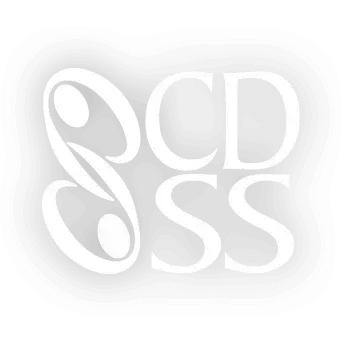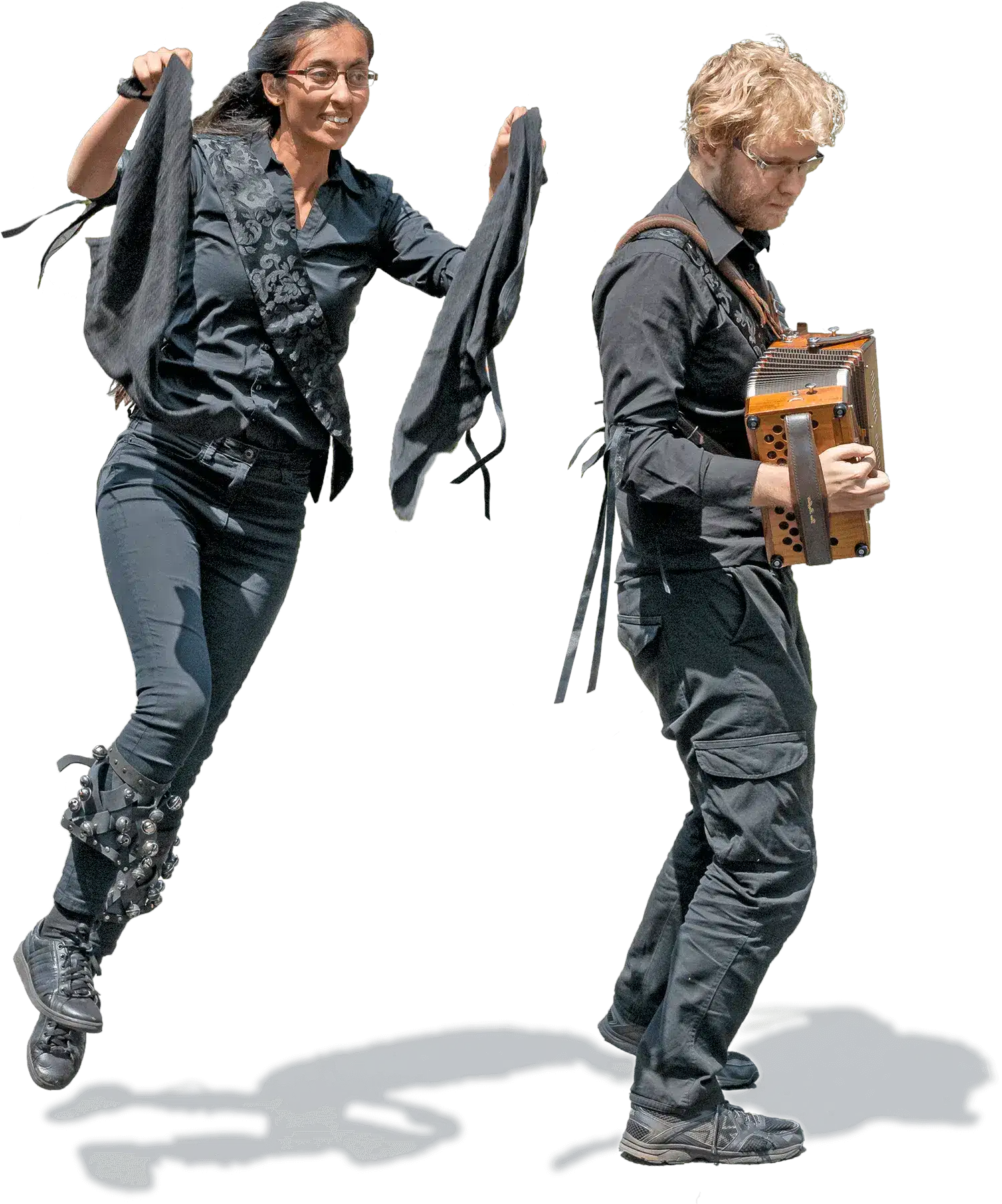The portal contains a vast range of resources by and for the dance, music, and song community. From expert tips from fellow organizers and callers, to databases of dances and songs, find what you need to help engage with the traditions you love!
Resources added before 2022 do not all have explicit permission from the authors. If your resource is in the portal and you’d like it removed, please email us.
Search the Portal
Use the search box and filters below to find resources.
Tip: Selecting multiple checkboxes will give you more specific results. For example, to see specific resources for contra dance callers, select both Callers and Contra Dance.


 Thanks to the Massachusetts Cultural Council for their generous support.
Thanks to the Massachusetts Cultural Council for their generous support.
 Isaac Banner
Isaac Banner Seth Tepfer
Seth Tepfer Christa Torrens
Christa Torrens Ellie Shogren
Ellie Shogren Sharon Green
Sharon Green Dilip Sequeira
Dilip Sequeira